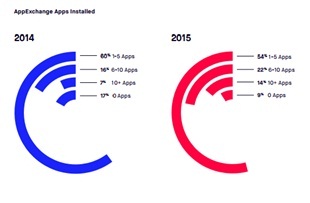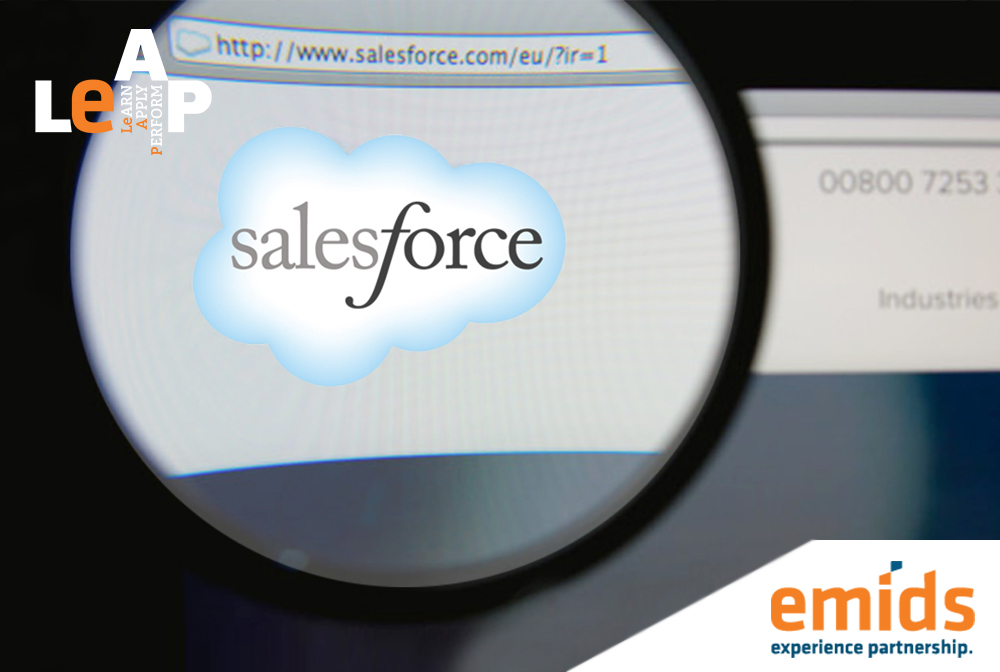Salesforce, started out as CRM solutions on the SaaS (Software as a Service) platform. The CRM solution was broken into several parts including Force.com, Data.com and Deskly.com. Salesforce.com launched AppExchange in 2006 that ran on Force.com. In 2011, the company reached the 1 million installation mark, and now has more than 2700 pre-integrated apps. In fact it joined the Fortune 500 this year for the first time, this year. It earned $1.63 billion in revenue and is projecting total revenue for this fiscal year of over $6.6 billion.
The market for enterprise apps first emerged with the iOS and Android app stores. These are still core channels for developers, but third-party marketplaces like AppExchage, began to provide a different avenue to cater to niche segments and brought in a focussed marketplace. What makes SalesForce AppExchange click? A host of small applications that just make life easier for the Salesforce customer; some are strategic, some are niche and so many are useful. They are applications that integrate with other applications, distribute information and automate processes i.e a large network of applications, but each segment could be created by specialized providers. Customers have options to plug and play; for example don’t like a survey tool because it’s too simple, shift to another but since both tools will anyway integrate with Salesforce or other apps, you still remain connected. Perhaps most importantly, companies of every size and industry are looking to transform how they work and engage with customers to drive growth, and Salesforce helps make these connections, provide solution across sales, service, marketing, community, analytics and apps. A one-stop marketplace for the business enterprise.
What are SalesForce customers saying? Earlier October 2015, Bluewolf in collaboration with the MIT Sloan School of Management published the third annual ‘The State of Salesforce’ report. Here are some key trends that the reports published
- Investments in SalesForce is going to rise :
64% of Salesforce customers are planning to increase their Salesforce budgets in the coming year and 11% are going to increase by more than 50%
-
- 66% of customers believe that Salesforce AppExchange delivers more value today than ever before. The AppExchange has higher adoption since more people are buying and customizing apps for integrated solutions.

- 66% of customers believe that Salesforce AppExchange delivers more value today than ever before. The AppExchange has higher adoption since more people are buying and customizing apps for integrated solutions.
- Benefits
- Efficiency and productivity gains (66%)
- Improved customer experience (34%)
- Revenue growth (32%)
- Cost reduction (21%)
SalesForce AppExchange today is the 3rd most widely used app exchange. In an extremely competitive market, with big players with bigger advantages, SalesForce has managed to maintain to do well for itself. For example Google was aggressive about its pricing strategies about the bouquet of services it offered to capture this market. A 2010, Business Insider (BI) report suggested that Google Apps Premier Edition (GAPE for short) along with Google Postini Antivirus, Anti-spam, message archiving, and other features, was priced Rs.1000 to $100 a year. Way below, than, the then Salesforce.com most popular version, the Enterprise Edition, priced of $1,500 per user per year. The cheaper professional edition then was $780 per user per year. This was a big enough enticement, for small to mid level players to shift gears and move to Google. But this was in 2010. Today, both GAPE and the most popular Enterprise Version in AppExchange are both priced $125.
The PaaS (Platform as a Service) market is crowded with many big players – Amazon Web Service (AWS), IBM Smart Cloud, Windows Azure, RedHats Open Shift .By 2020, more than 80% of workload will be on cloud. So SalesForce will have to continue to maintain the momentum over others to continue to remain on top.









